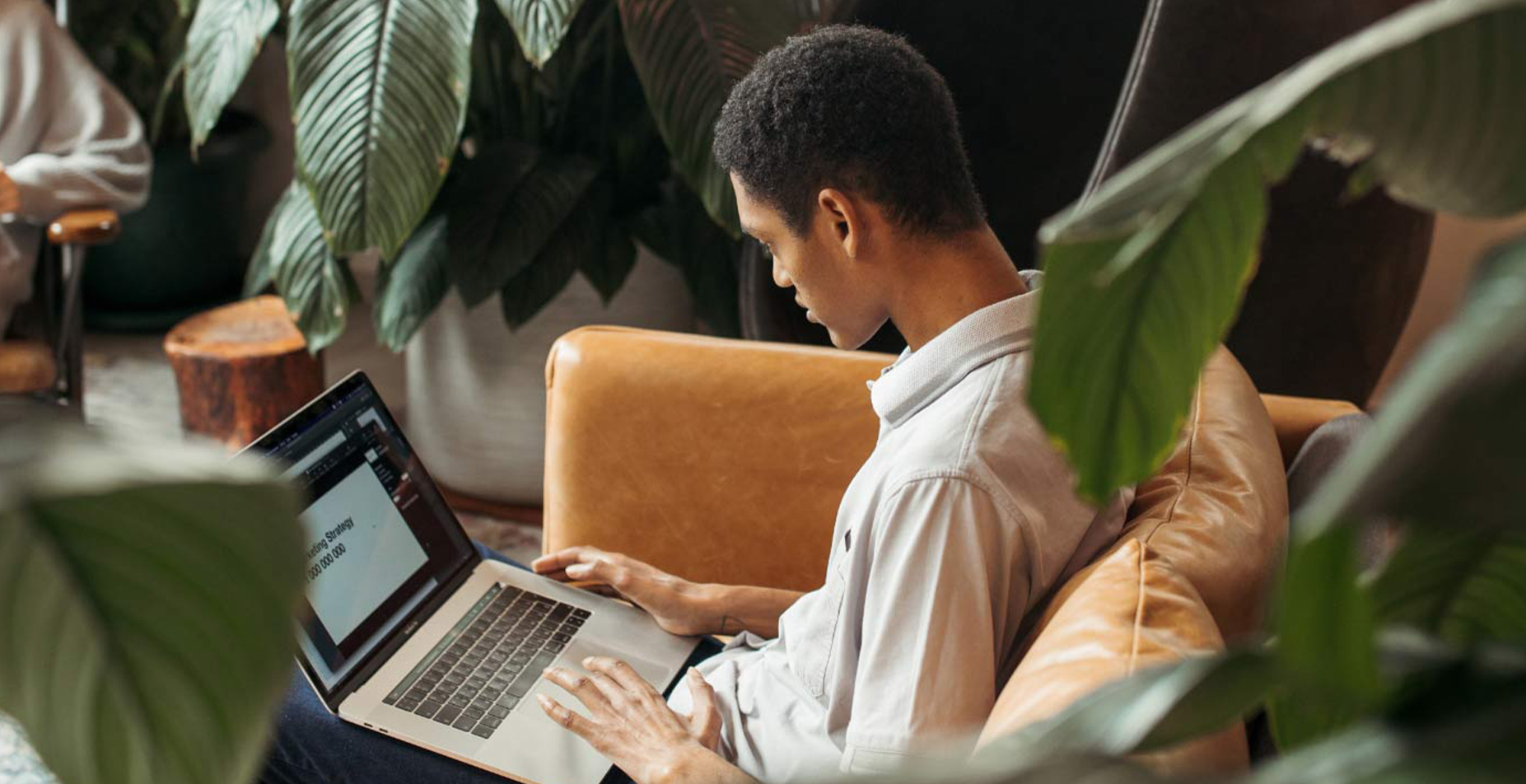
Confidence for Creatives Who Feel Like They’re “Too Much” or “Not Enough”
As a creative individual, it’s common to experience feelings of inadequacy. You might worry that your ideas are too bold or unconventional, or conversely, that your work lacks significance or value. These sentiments are widespread among creatives and can be paralyzing. However, building confidence doesn’t mean eliminating these doubts entirely: it’s about learning to manage them and continuing to express your unique voice and perspective.
This article explores the origins of these insecurities, offers strategies to overcome them, and provides guidance on fostering enduring confidence in your creative abilities.
Understanding the Roots of Creative Insecurity
A. Expectations of the society and Standards
Society, especially the creative industries, often values certain traits over others. There’s an unspoken expectation of what “good” creativity should look like , polished, uniform, and often mainstream. If your creative work doesn’t fit neatly into these boxes, you might feel like you’re not measuring up.
This can lead to feelings of inadequacy (I’m not enough), or alternatively, it can make you feel like you’re out of sync with the norm (I’m too much). Social media only amplifies this, where everyone’s work seems perfectly curated and polished.
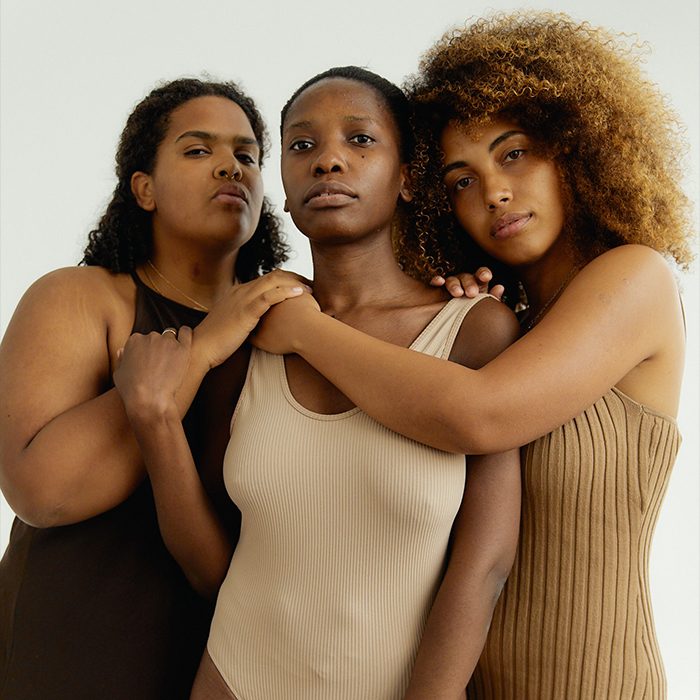

C. Fear of Judgment or Rejection
Creatives are vulnerable by nature, constantly putting our ideas, our work, and sometimes even our hearts out into the world. The fear of judgment or rejection from peers, clients, or the public can be overwhelming. This fear often leads to the feeling that you’re either too much ,over the top or dramatic, or not enough, not good enough to stand out.
This can lead to feelings of inadequacy (I’m not enough), or alternatively, it can make you feel like you’re out of sync with the norm (I’m too much). Social media only amplifies this, where everyone’s work seems perfectly curated and polished.
D. Imposter Syndrome
Many creatives experience imposter syndrome at some point, feeling like a fraud, like they don’t belong, or that their success is just a matter of luck. You might worry that once people realize you aren’t “perfect” or “established,” they will question your abilities.
Strategies to Build Creative Confidence
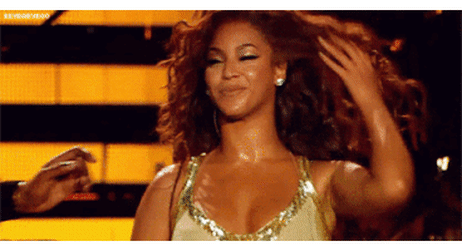
Embrace Your Unique Creative Voice
The first step toward building confidence is recognizing that your creative voice is unique and valuable. Every creative has something different to offer, and what may seem “too much” to you might be exactly what others need. Embrace what makes you unique instead of trying to fit into a box.
*
Tip
Reflect on your past work. What projects did you feel most connected to? What parts of your work make you proud? Understanding your core creative values will help you recognize that your voice is worth sharing.
Set Realistic Goals and Celebrate Small Wins
One of the reasons we feel “not enough” is that we set unrealistically high expectations for ourselves. We often want to complete a project perfectly and have it be an instant success. The reality is, creativity takes time. Break your projects down into smaller, more achievable goals, and celebrate every step along the way. This will help build confidence as you experience incremental growth.
*
Tip
Set weekly or monthly goals. Whether it’s sketching out a new idea, completing a rough draft, or experimenting with a new technique, focus on one step at a time
Seek Constructive Feedback
Creative feedback is crucial for growth, but it’s important to differentiate between feedback and criticism. Constructive feedback helps you improve without undermining your confidence. Instead of seeking validation, look for ways to grow. Feedback from trusted mentors or peers can help you see things you might have missed and give you the confidence that your ideas have room to evolve.
*
Tip
Join creative communities—online or in person—where you can exchange constructive criticism in a safe space. Having a supportive group can make feedback feel less intimidating.
Don’t Fear Imperfection—Embrace It
Creativity thrives in imperfection. Many of the greatest works of art, music, design, and writing came from moments of trial and error. It’s easy to feel like you’re “too much” if you try to create the perfect piece of work every time, but imperfection is what makes your work human and relatable. Be kind to yourself when things don’t go perfectly.
*
Tip
Remember that first drafts or initial concepts don’t have to be perfect. Allow yourself to make mistakes and learn along the way. In fact, some of the best creative ideas come from moments of failure.
Mindfulness and Managing Your Inner Critic
Creative insecurity is often fueled by the inner critic, the voice that tells you that you’re not good enough or that you’re pushing too hard. Learning to quiet this voice and separate it from your authentic self can help you develop confidence in your creative process.
Mindfulness practices like meditation or journaling can help you ground yourself and reduce the noise of your inner critic. When you acknowledge and observe your thoughts without judgment, you can create space for your true creative potential to emerge.
*
Tip
Practice mindfulness techniques daily. Even 10 minutes of breathing exercises or journaling can help clear your mind and improve your focus.
Overcoming Self-Doubt:
Real-World Examples
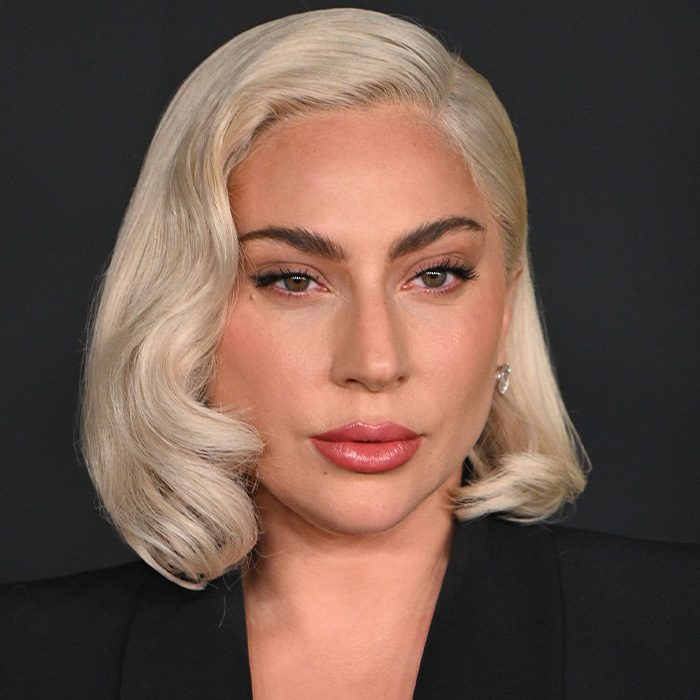
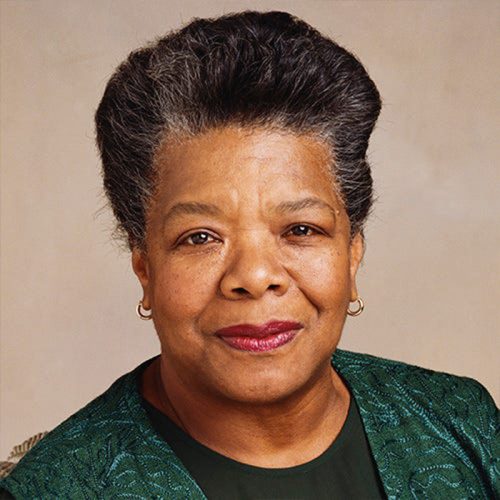
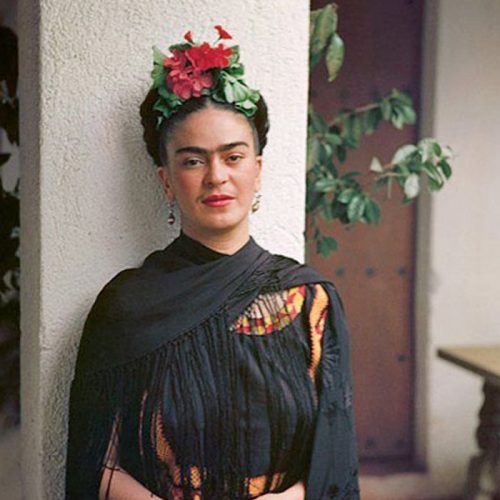
Sometimes it helps to see how other creatives have overcome their self-doubt. Here are a few examples of well-known creatives who struggled with feeling “too much” or “not enough” but went on to build successful careers.
Lady Gaga
Lady Gaga has long been an advocate for embracing individuality. She has been open about how her “weirdness” was once a source of insecurity, but she learned to embrace it as her unique power. Her message to her fans has always been: be yourself, unapologetically.
Key Takeaway: Own your quirks, your uniqueness, and your creativity. What makes you “too much” for some is what makes you unforgettable for others
Maya Angelou
Maya Angelou, one of the most respected poets of all time, once confessed that she often felt like a fraud. Despite her success, she battled feelings of inadequacy. She continued to push through these feelings and produced works that resonate with millions today.
Key Takeaway: Keep going. Even when you feel unworthy, your work matters. There’s room for your voice in the creative world.
Frida Kahlo
Frida Kahlo, the iconic Mexican painter, is a perfect example of embracing vulnerability and overcoming self-doubt. Despite facing numerous physical and emotional challenges, Kahlo poured her experiences into her art, creating a legacy that celebrates individuality and resilience. She often faced criticism for her unconventional looks, gender norms, and personal struggles, but she turned these into a powerful form of self-expression.
Key Takeaway: Embrace your struggles and uniqueness. What others see as weaknesses can become your greatest strength. Like Frida, transform personal challenges into powerful creative work that resonates with others.
Creative confidence is not about eliminating self-doubt; it’s about learning how to move forward despite it.
Building Lasting Creative Confidence
Creative confidence is not about eliminating self-doubt; it’s about learning how to move forward despite it. It’s about embracing your unique voice, setting realistic goals, seeking feedback, and practicing mindfulness. The more you trust your creative instincts and embrace imperfections, the more confident you’ll become in your work.
Remember, no one’s creative journey is without bumps in the road. Embrace the process, be kind to yourself, and most importantly, keep creating. You are enough, and your creativity deserves to be shared with the world.

Leave a Reply